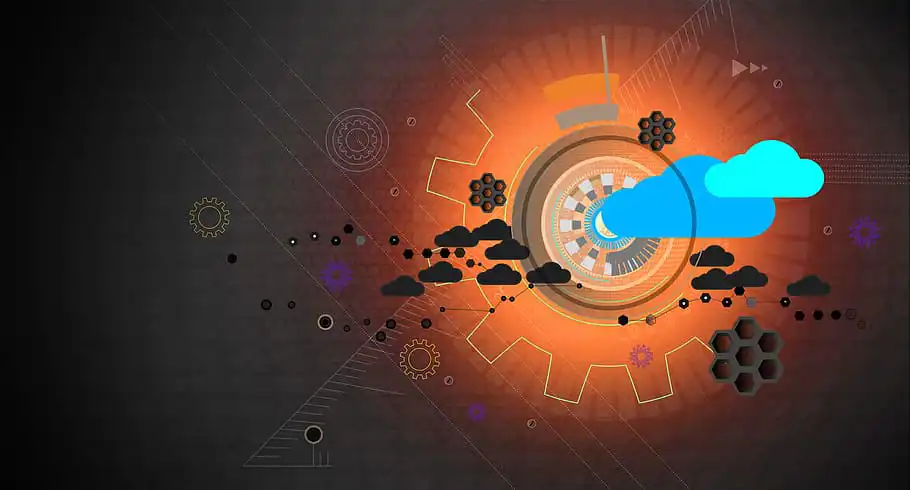Contrary to prevailing perceptions, recent archaeological studies conclude that primal humans, often depicted as hunters, were mostly gatherers. Well-sustained gender norms projected men as the primary hunters, overlooking the cardinal role women and children played in food collection.
Dr Andrea Waters-Rist, an archaeologist at Western University in Canada, suggests that the predominant food supply in primal human communities procured from gathering. These findings offer valuable insight into understanding human evolution, survival strategies and social structures.
The term 'Hunter-Gatherers' loosely used to describe the ancestral human societies, paint an incomplete picture. Archaeologists believe that this term falsely represents the lifestyle of out ancestors and inadvertently favours hunting over gathering.

The misrepresentation and bias towards hunting overshadow the substantial role of 'gathering' in sustaining early human societies. Most of the food intake in these societies was potentially derived from plants, insects, and small animals, putting gathering at the forefront.
Based on skeletal studies, the researchers could discern the physical attachments related to certain activities. The stress markers on the skeletons can indicate whether the person was more involved in heavy physical labour like hunting or lighter tasks like gathering.
The gathered food not only provided necessary nutrition but also accounted for the bulk of the caloric intake. This finding naturally shifts the focus away from hunting and emphasizes the importance of gathering in the survival of human communities.
Ancient human communities depending largely on scattered, seasonal food sources had to possess extensive knowledge about plants and their seasonal cycles. Thus, gathering might have necessitated more knowledge-intensive efforts than hunting.
Noting the gap in academic research about gathering, scientists affirm that its importance has been overlooked. The contribution of women and children to gather food and resources, in essence, could have played a vital role in societal sustenance.
These discoveries challenge the traditional notion of male dominance in ancient societies. It highlights the previously underestimated contributions of women and children. It thrusts the need for a more balanced view concerning gender roles in our distant past.
One of the study's fascinating aspects centres around dental records. Tooth decay would have been prevalent in ancient human societies due to the consumption of sugars from gathered plant food.
The beginnings of tooth cavities, prevalent among the subjects of the study, suggest a carbohydrate-rich diet. This finding bolsters the argument that the majority of their nutritional needs were met through gathered food.
Dental plaque analysis also holds clues. Microbial DNA residues on the teeth suggest a plant-dominated diet. This strengthens the hypothesis that gathering held the key to survival.
Especially important is the role of tubers, a rich source of carbohydrates, among these foods. The discovery of microfossils of plant foods on grinding tools further supports this theory.
Archaeologists are hoping to revise the way we look at early human societies and their survival strategies. Future research should give equal importance to both hunting and gathering to provide a holistic picture of early human subsistence strategies.
Such revelations help anthropologists paint a more accurate and nuanced portrait of our ancestors' lives. This change in perspective might help better understand the socio-economic development trends among human societies over millennia.
Improved understanding of food gathering processes can also help modern societies. Many tribal communities still gather food, and understanding these processes might help in conserving their practices while ensuring their food security.
While the new investigative focus on 'gatherers' might tweak the conventional understanding, it makes our comprehension of human subsistence methods more comprehensive. It encourages us to rethink long-accepted theories and opens new avenues for research.
These exciting new archaeological revelations shed light on the balance of our past societies. It underscores the truth that in the quest for survival, every member of the society, regardless of their age or gender, played a crucial role.
This change in narrative expands our understanding of human adaptation and resilience. It underscores the primary role of gathering in our ancestors' survival, innovation, and evolution. As we continue to uncover our past, we reinterpret our history and anticipate future discoveries.